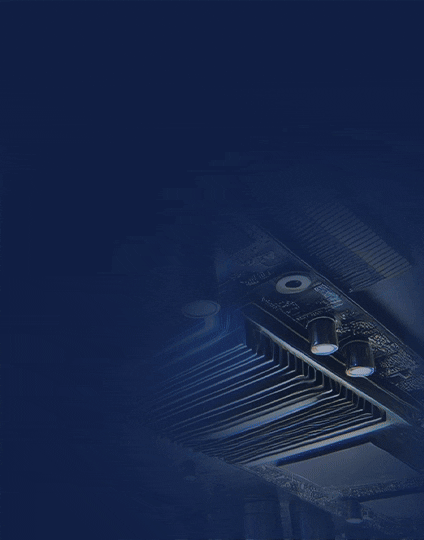FPGA Insights interviewed Diego Diaz, working with Fidus Systems as a senior FPGA developer, to explore his expertise and gain valuable insights into FPGA design.
What’s your Name, job title & area of research/work?
My name is Diego Diaz, I’m currently working with Fidus Systems as a senior FPGA developer. My area of work is in signal processing and telecommunications.
Can you provide an overview of your experience with FPGA design projects, mentioning a few that you’ve worked on, starting with a brief introduction?
My work with FPGA started within the broadcasting industry, at the time SDI video was making the transition to 4K video format, and my role was developing new products to move from SDI to an IP-based system using 10G Ethernet.
From there, I made the transition to the defense industry, where I worked closely with cameras and passive radars.
My role now is to work alongside companies that require help developing their products using cutting-edge FPGA – SoC technologies.
Can you explain the benefits of using FPGAs over other types of processors?
Two different technologies, two different ways of thinking about a problem. FPGAs are good for parallel processing, Processors are good at sequential tasks. They both complement each other; that’s why modern SoC devices combine processors with an FPGA.
What are the most significant trends observed in the FPGA industry over the past year? How will these trends shape the industry’s future?
FPGAs are inside a myriad of applications, from Video production to data centres and AI.
Current trends are on using fully reconfigurable systems where software is capable of programming different applications in the same FPGA. I see it as taking the SDR concept to different areas.
Another clear trend is the inclusion of security features like secure boot and data encryption.
How do you see FPGA development evolving to meet the demands of modern applications and complex workloads?
New devices are more complex, faster, and power-efficient. In the near future, I see FPGAs adapting to AI in two ways, one in the processing side with the implementation of better algorithms and the other using AI to accelerate the development process that traditionally has been slow, particularly in the simulation and verification side.
Key drivers behind the increasing adoption of FPGAs in various applications and industries?
FPGAs are flexible and allow for debugging in real time, the ability to perform several tasks in parallel, checking for errors, and applying corrections without major disruption to operations is key when product developers are selecting technologies.
Another driver that is not always talked about is the diversity of FPGA devices, there is a wide variety to choose from, low-power consumption SoCs up to thousands of dollars devices capable of emulating ASICs. low-power-consumption
Sectors that stand to benefit the most from FPGA integration, and why?
Already benefiting from FPGAs are the medical imaging industry and, in general, the health care sector, from a variety of applications that involve digital signal processing to remote control and data management.
Another sector that is starting to grow in the FPGA sector is the electric car industry.
The versatility of a product using FPGAs is the key factor, especially with the new technology that uses low power and combines the ability to run software applications. In general, any business looking for these features stands to benefit from them.
The role of FPGAs in accelerating AI applications and advancements is expected in the near future.
FPGA will continue to make its way into deep learning models and data centres. The ability to perform parallel tasks is key in machine learning and inference algorithms.
A specific example is a company called Groq that uses FPGA technology for AI acceleration.
Ensuring the security and integrity of FPGA designs, especially in sensitive applications like finance and defense.
Many methods have been developed to enable security in the FPGA development flow, including zero-trust architecture.
Another source of security guidance comes directly from the National Security Agency – Cybersecurity technical report, DoD Microelectronics: FPGA security guidance. It gives guidelines to avoid third parties tarnishing the code or the tools themselves.
Advice for students and professionals interested in pursuing a career in FPGA development to stay updated with the latest trends and technologies.
Like many other areas of technology, the rate of change has been accelerated in the recent years, to keep pace there are many different sources, I recommend two, one is the device manufacturers and its partners, the other is getting involved with open source tools like Verilator, Icarus Verilog, OSVVM, etc. Open source communities provide really good information about how the industry is evolving.












